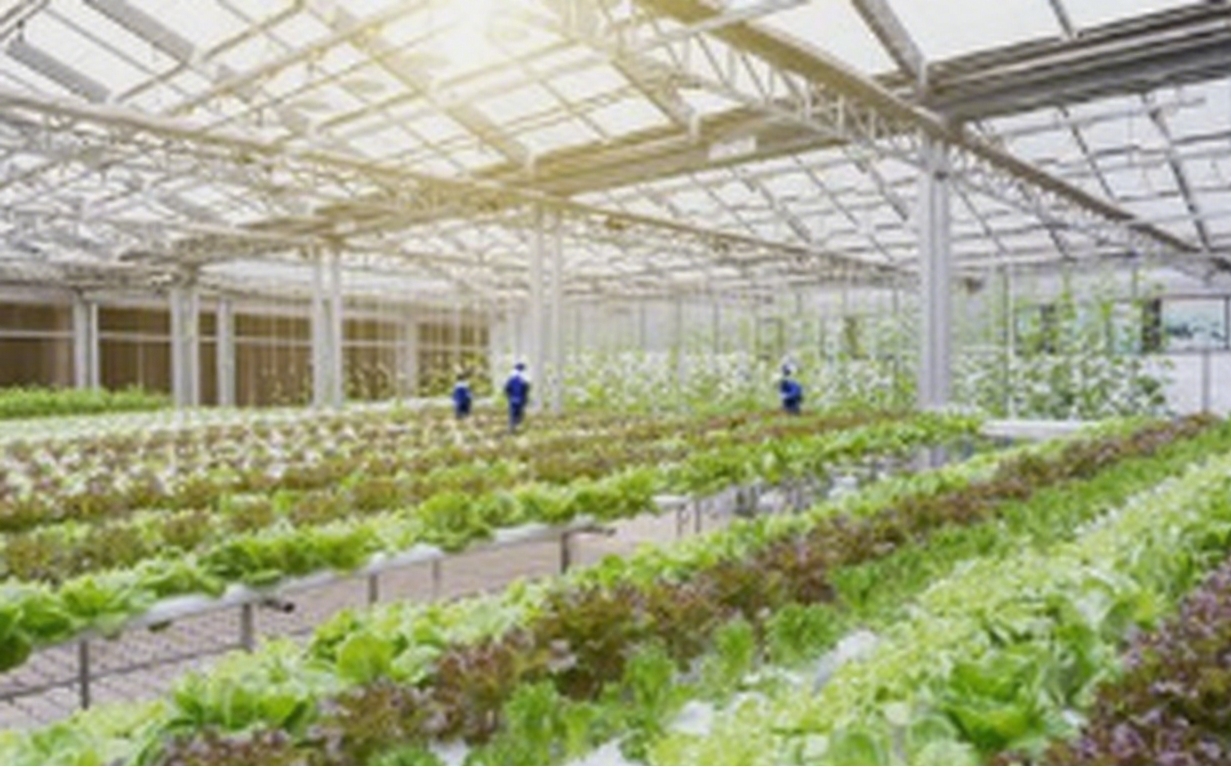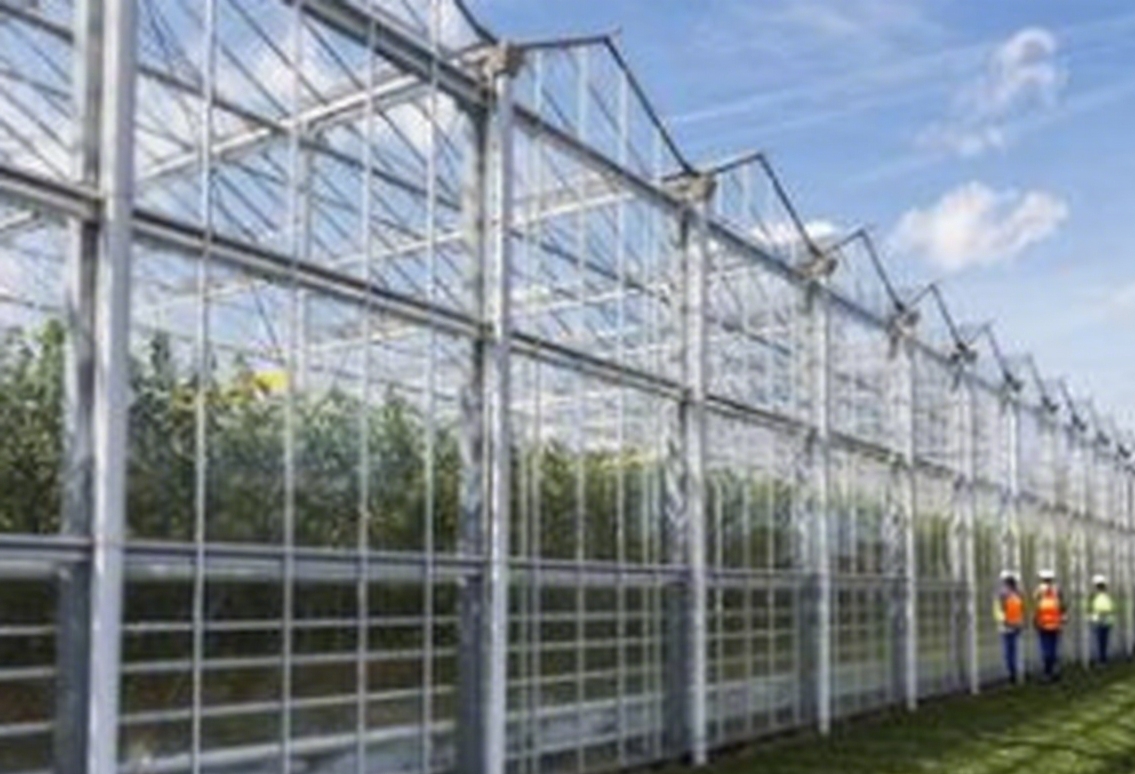In today’s world of growing cities, shrinking land, and expensive water, growing vegetables no longer requires soil, tractors, or even open air.
Hydroponic greenhouses are redefining farming—bringing food production indoors, making it smarter, cleaner, and far more efficient.
These high-tech systems are no longer just for labs or science fairs. They’re expanding fast—from research centers to cities, islands, and deserts. And they’re not just changing how we grow food—they're improving quality, saving resources, and creating new investment opportunities.
Crops Get a Five-Star Environment
Inside a hydroponic greenhouse, everything is controlled—temperature, humidity, light, and CO₂. Crops grow without worrying about weather, pests, or drought.
In Dubai, water-scarce farms have boosted vegetable output by 4x while using 90% less water. This level of stability makes business models more predictable and scalable.

Smarter Systems, Higher Yields
Modern greenhouses use different systems—NFT, DWC, vertical towers—to fit any location and crop type. Sensors and AI manage everything in real time, adjusting nutrient flow and climate conditions to fit the plants’ needs.
In cold climates like Russia, LED grow lights and heating systems help tomatoes ripen 30 days faster. In desert zones, automatic vents close before sandstorms hit, reducing crop loss by 90%.
Chengfei Greenhouse, a leading Chinese manufacturer, has deployed AI-based systems across Asia and the Middle East, showing how smart farming works even under extreme conditions.
Better Taste, Cleaner Food
No soil means fewer pests and zero chemical pesticides. Plants grow in a sterile, well-fed environment. The result? Cleaner, safer, and tastier crops.
In Zhejiang, strawberries grown in smart greenhouses tested 1.2 °Brix sweeter than traditional ones—and quickly became top sellers.
Chengfei’s advanced system in Moscow combines double-layer films, LED lighting, and precision climate control. Tomatoes grow in just 60 days instead of 90, using 40% less energy.
Less Land, Less Water, Less Power
Hydroponic systems recycle water and use only what’s needed. Compared to traditional farming, they can reduce water use by up to 90%.
In the Maldives, off-grid greenhouse farms boosted food self-sufficiency from 30% to 85%, cutting reliance on imported vegetables.
Vertical designs also make use of tight spaces—rooftops, factory yards, or even shipping containers can become productive farms.
China’s Tech Is Going Global
China is now a major exporter of greenhouse technology. Companies like Chengfei Greenhouse ship modular farm kits to the Middle East, Southeast Asia, and Africa.

These systems snap together like building blocks and can be set up in just 3 hours—ideal for remote areas.
In Saudi Arabia, double ETFE film and mist cooling keep greenhouse temperatures under 35°C, even when it's 50°C outside.
During the 2022 Qatar World Cup, solar-powered greenhouses cut carbon emissions by 1,200 tons and earned FIFA’s green certification.
Welcome to the Age of Automated Farming
Hydroponic greenhouses are moving toward full automation. AI models now optimize growth and flavor.
In Beijing, robotic arms harvest 1,200 plants per hour, cutting labor costs by 65%.
In Shanghai, blockchain systems let buyers trace leafy greens from farm to shelf, increasing trust and allowing for premium pricing.
Soon, greenhouses may appear on rooftops, in deserts, or even on balconies.
With smarter technology and lower operating costs, this is more than a farming trend—it’s the future of food.
Welcome to have a further discussion with us.
Phone: +86 15308222514
Email: Rita@cfgreenhouse.com
Post time: Aug-18-2025







 Click to Chat
Click to Chat